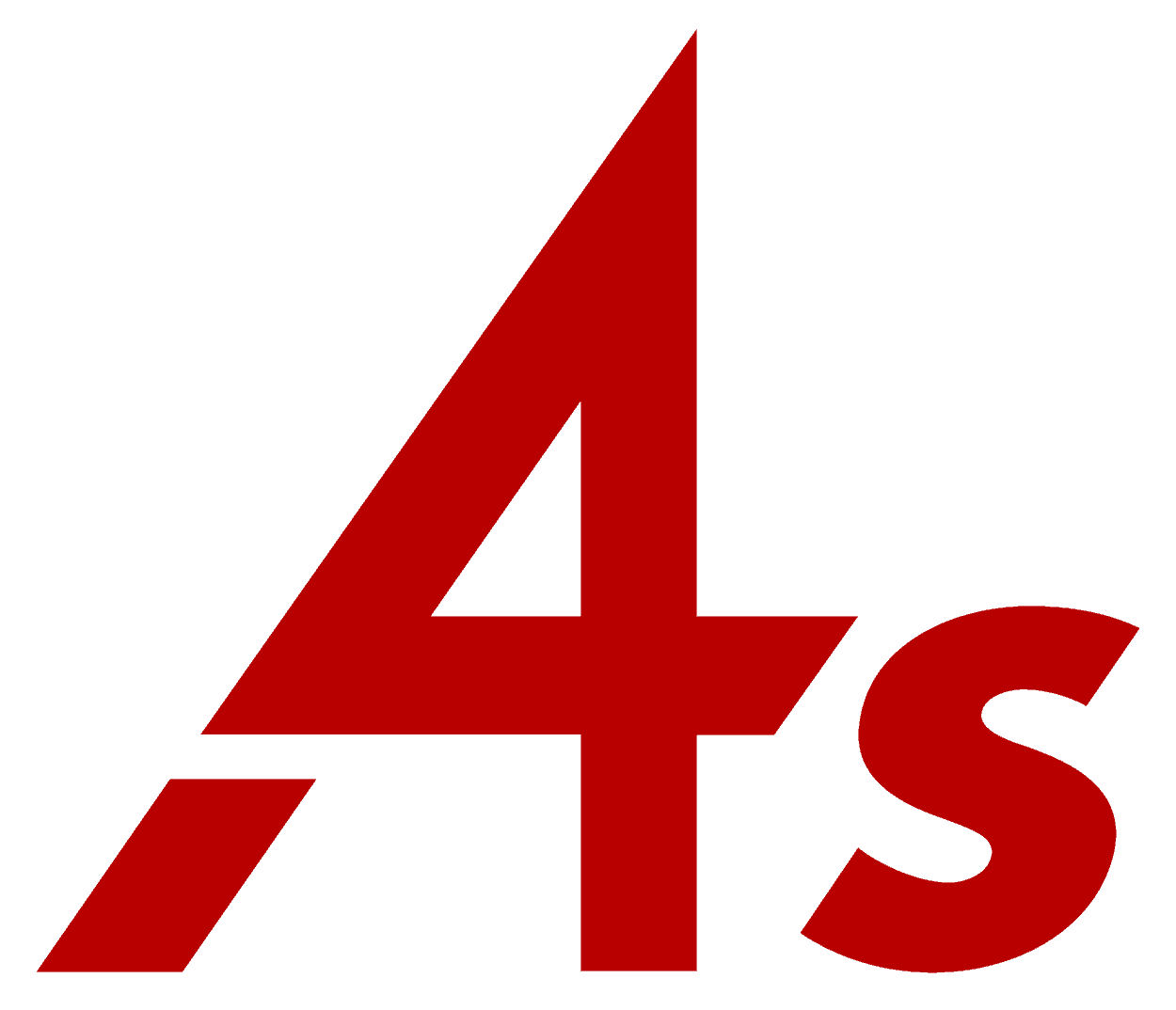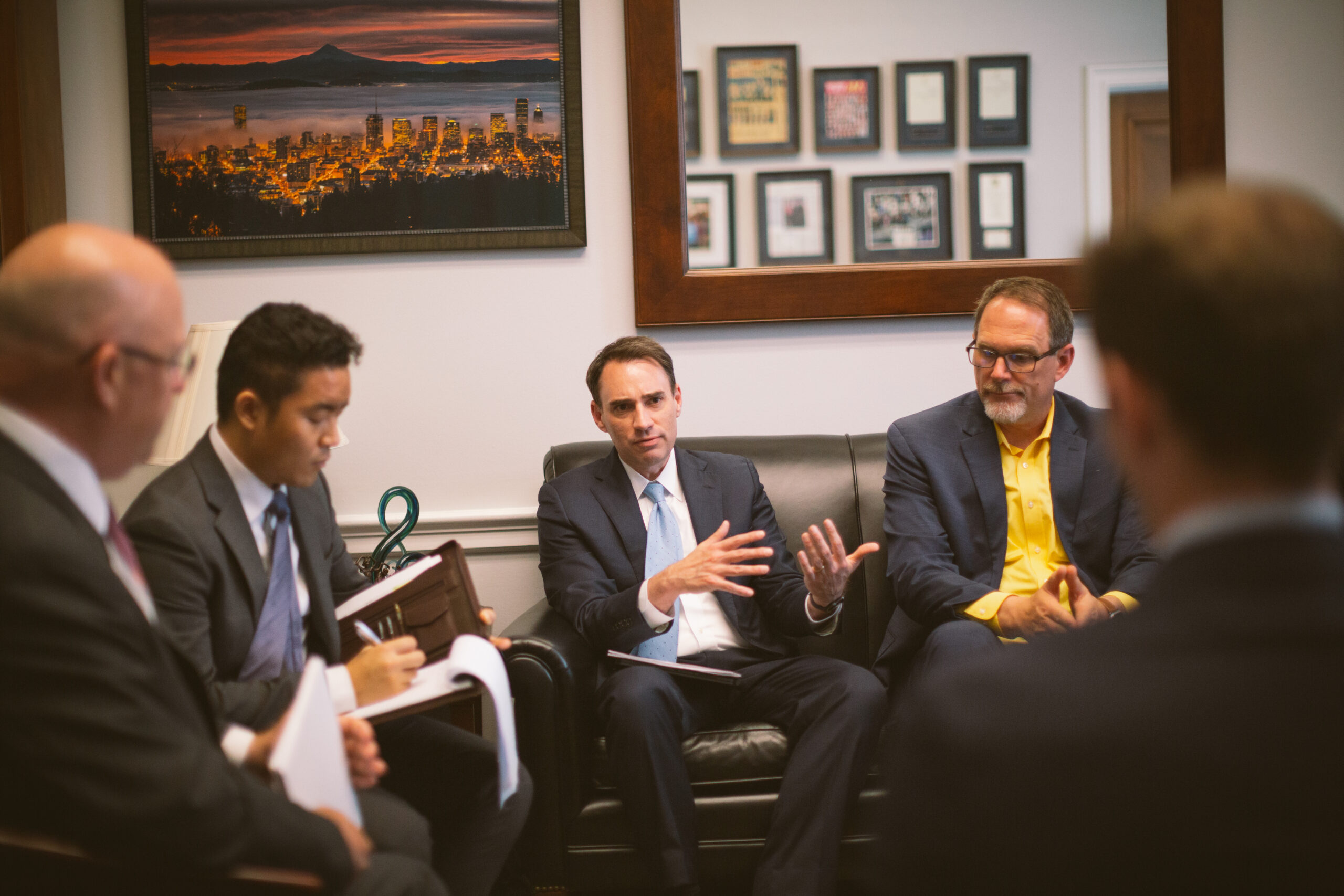New York Synthetic Performer Disclosure Bill Draws Industry Opposition Over Broad Scope, Chilling Effect on Innovation
Assembly Bill 606B / Senate Bill 1228C, currently advancing in the New York State Legislature, would require conspicuous disclosures in advertisements that include “synthetic performers”—a term the bill defines broadly to encompass a digital asset created, reproduced, or modified using generative AI or software algorithms to simulate a human performance. This includes AI-generated images, voices, or likenesses intended to represent real or fictional individuals in advertisements. While the legislation purports to promote transparency for consumers, its unintended consequences would be substantial for advertising—injecting compliance uncertainty into the advertising process, burdening brands (and their agencies) who advertise in New York, and undermining creative and technological innovation.The bill was recently amended and recommitted to the Senate Committee on Consumer Protection and awaits a floor vote in the Assembly.


